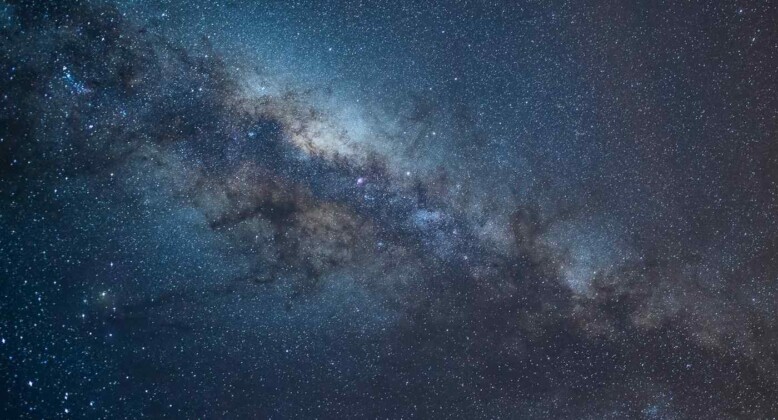The Universe’s Oldest Star

The James Webb Space Telescope is designed to detect stars from the universe’s earliest periods, just a few million years after the Big Bang.
However, a team of MIT students has found that some of these ancient stars might be much closer, only thousands of light-years away instead of billions.
They identified about 65 stars formed 13 billion years ago in the Milky Way’s halo, a discovery that could significantly impact our understanding of the early universe. This research began when MIT physics professor Anna Frebel started a project called Observational Stellar Archaeology, where students analyzed data from the Magellan-Clay telescope at the Las Campanas Observatory.
The Big Bang occurred 13.8 billion years ago, and the first stars, mostly composed of helium and hydrogen with trace amounts of strontium and barium, formed shortly after. Frebel and her students focused on these elements in their data review.
They found 10 stars with low levels of strontium, barium, and iron, similar to ancient stars and dwarf galaxies observed in the distant universe. These stars have about 1/10,000th of the elements found in our Sun.
To support their theory that the Milky Way contains remnants of ancient dwarf galaxies, Frebel and her students examined the orbital data of these stars. They found that the stars moved in retrograde, orbiting in the opposite direction of the Milky Way’s galactic disk and halo. Frebel explained, “The only way you can have stars going the wrong way is if you threw them in the wrong way.”
They also noticed these stars were moving quickly, at hundreds of kilometers per second. Frebel and her team call these stars Small Accreted Stellar System stars, or SASS stars, theorizing they are the remnants of ancient dwarf galaxies absorbed by the Milky Way.
Frebel and her students have developed a straightforward method to identify these stars, providing astronomers with a new way to study the early universe by observing stars closer to Earth. “These oldest stars should definitely be there, given what we know of galaxy formation,” Frebel said. “They are part of our cosmic family tree. And we now have a new way to find them.”